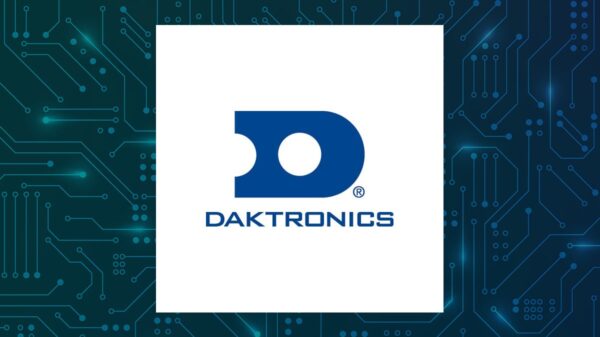Digital transformation is reshaping healthcare, driving the need for advanced connectivity solutions. According to Cemil Canturk, Senior Marketing Manager for Fixed Networks at Nokia, the rise of digital health records, real-time diagnostics, and various patient services demand a network infrastructure capable of supporting complex services and devices. As hospitals and clinics evolve into highly connected ecosystems, traditional copper-based local area networks (LANs) are increasingly inadequate, struggling to meet the requirements for speed, reliability, and sustainability.
Challenges of Traditional Copper-Based LAN
In healthcare environments, patients expect reliable Wi-Fi and entertainment options while clinicians rely on seamless access to critical medical records and imaging files. Administrators also depend on a robust infrastructure that supports everything from smart signage to access control systems. Traditional copper cabling presents numerous challenges, including speed and distance limitations that necessitate upgrades every five to seven years. This not only incurs high costs but can also disrupt essential services.
Sustainability is becoming a pressing issue as healthcare organizations pursue ambitious environmental, social, and governance (ESG) targets. Traditional copper LANs contribute to high energy consumption and maintenance costs, which are detrimental to healthcare facilities that rely on efficient space management to maximize patient room availability.
Optical LAN: A Future-Ready Solution
Optical LAN emerges as a transformative alternative designed for in-building and campus connectivity. Utilizing the strengths of fiber technology, Optical LAN offers a high-performance, future-ready infrastructure that addresses the unique needs of healthcare environments. This innovative solution supports speeds of 10G and 25G, with the capability of upgrading to 50G and even 100G without the need for extensive cabling replacements.
The architecture of Optical LAN allows for virtually unlimited bandwidth, making it suitable for the digital healthcare landscape expected to evolve over the next five decades. By simply adding new wavelengths, healthcare providers can increase speed and capacity without the disruptive process of replacing existing cabling.
Optical LAN also consolidates multiple digital services onto a single network, which simplifies infrastructure management. This integration can reduce cabling needs by up to 70%, leading to lower operational costs and decreased complexity.
Furthermore, Optical LAN’s reach can extend up to 20 kilometers without requiring intermediate switches, which is particularly beneficial for larger medical campuses. This capability not only lowers capital expenditures but also frees up valuable real estate for patient services.
With a reduced physical footprint, Optical LAN networks are quicker to deploy and easier to manage. The streamlined design means lower installation times, fewer points of failure, and a greater focus on patient care rather than troubleshooting network issues.
Commitment to Sustainability and Security
Sustainability is a core advantage of Optical LAN, which is up to eight times more energy-efficient than conventional wired or wireless LANs. Its architecture requires fewer active electronic devices, allowing healthcare providers to significantly reduce energy consumption and associated costs, achieving reductions of up to 40%. This efficiency is essential for healthcare organizations aiming to lower their carbon footprint while meeting ESG targets.
Security is another critical component of healthcare IT infrastructure. Optical LAN offers built-in encryption, device authentication, and network segmentation, ensuring that sensitive patient data is protected. Furthermore, the inherent properties of fiber technology, which is immune to electromagnetic interference, enhance the physical security of the network.
The combination of performance, sustainability, and security positions Optical LAN as a future-proof foundation for healthcare IT that is already being adopted by hospitals, clinics, and senior care facilities worldwide. By significantly reducing both capital and operational expenditures, Optical LAN can lower the total cost of ownership by up to 50%.
In conclusion, as healthcare providers navigate the complexities of modern patient care, Optical LAN offers a smarter, simpler solution that connects people, devices, and data. Its implementation is a strategic move towards improved outcomes and operational efficiency in healthcare systems, paving the way for a digitally advanced future.





































































